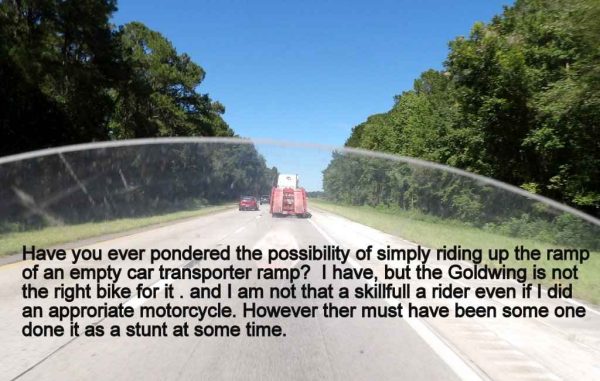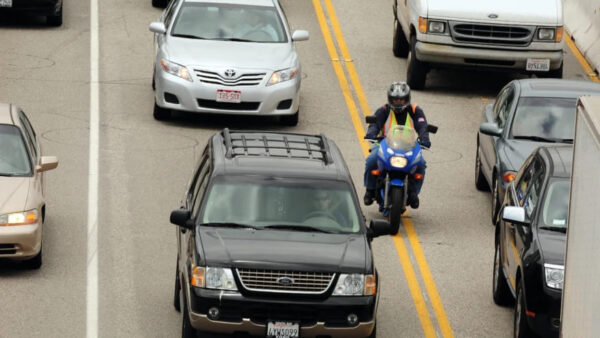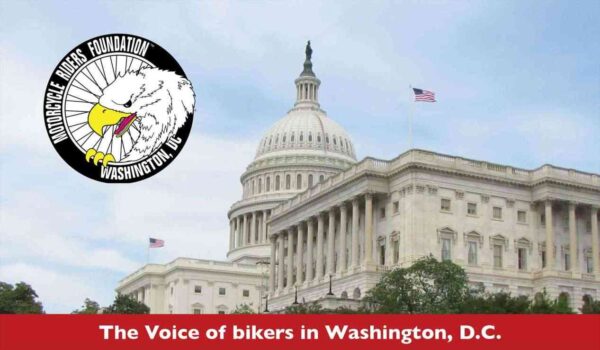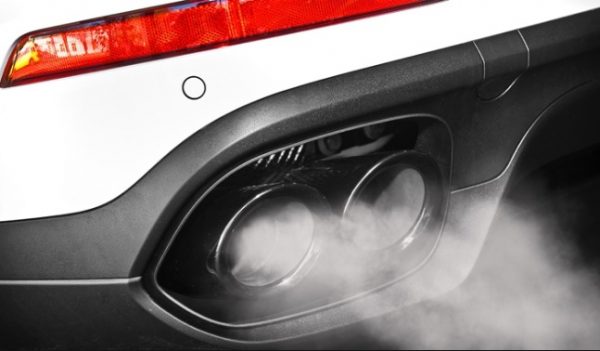Grand Road Trip of Graeme Lowen
Excerpts of Travelogue, Riding in the USA Graeme explores the States as changing roads and places bring new adventures in differing weather, and happy company. Text and Photos by Graeme Lowen After last night’s fiasco trying to find camera and getting back to the motel, I did some more work with google and found a Walmart only 10 miles or so away that sells cameras. The stop at the gas station and its method of pre-pay was quite a novel experience. I was instructed by the young female assistant to put the cash into the machine , as much as I needed, hit enter and out came a receipt for the amount as well as a code number. I went out and filled the bike up and went back to get my change. Read this wonderful “view” of USA from a tourist’s perspective – only at Bikernet.com * * * * * * * * * * * * READ MORE TRAVELOGUES ON BIKERNET.COM — have a look at: https://www.bikernet.com/pages/travel_stories.aspx
Grand Road Trip of Graeme Lowen Read More »





